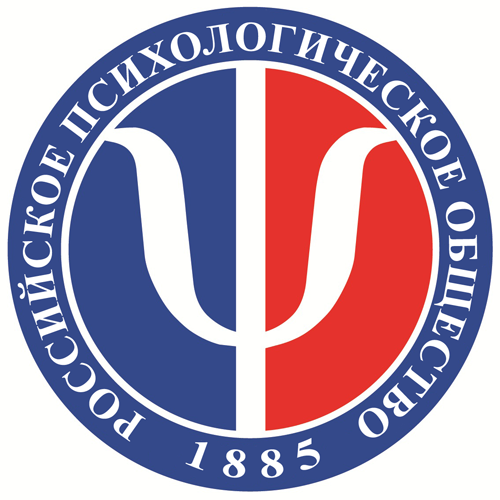ISSN: 2073-2635
eISSN: 2949-270X
eISSN: 2949-270X
Director of the University Gymnasium of Lomonosov MSU
The research presents the practice of the University Gymnasium (boarding school) of Lomonosov Moscow State University in the context of the traditions of university education and Russian developments in the field of general education of children with increased educational needs. The authors indicate the historical line of the emergence of university gymnasiums in Russia. The design within the Gymnasium of a complex open nonlinear system capable of self-development, which is based on the integration of academic subjects, project activities, creative formats and broad communication with external subjects of educational, scientific and industrial spheres, make it possible to implement an educational model that forms high meta-subject educational results of students. Key characteristics of designing a gymnasium as a complex open system include openness, which provides a mode of development; interchange of energy and information with other systems; disequilibrium of the state; the ability to perceive external influences; and external influences as «points of growth» of the system. These positions allow us to solve the problems of gymnasium development: building a gymnasium as a practice of developing variable universal education; designing individual trajectories of developing education; modeling forms of cooperation and social construction; introduction interdisciplinarity as a principle of reality research; developing psychological competence; ensuring modularity and nonlinearity of forms of education; providing dynamism of schedules and different ages. These tasks are solved based on modeling the development of the gymnasium in the internal and external spaces. The model’s essence lies in the areas related to the development of technologies for conducting lessons and implementing interdisciplinary team projects within the framework of Lomonosov MSU scientific and educational schools, as well as a spatial and event-based educational environment. Moreover, the essence of the model includes the development of university identity and the construction of an extensive system of external communications based on the Community of University and Innovative Schools and the «Vernadsky» scientific and educational platform.


